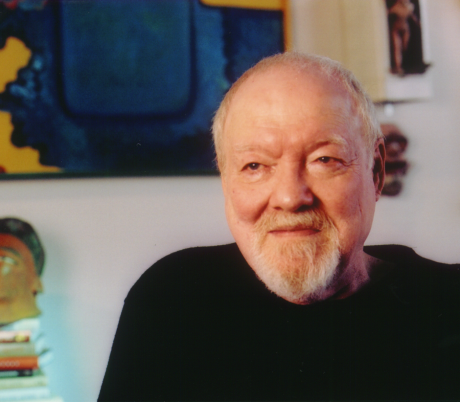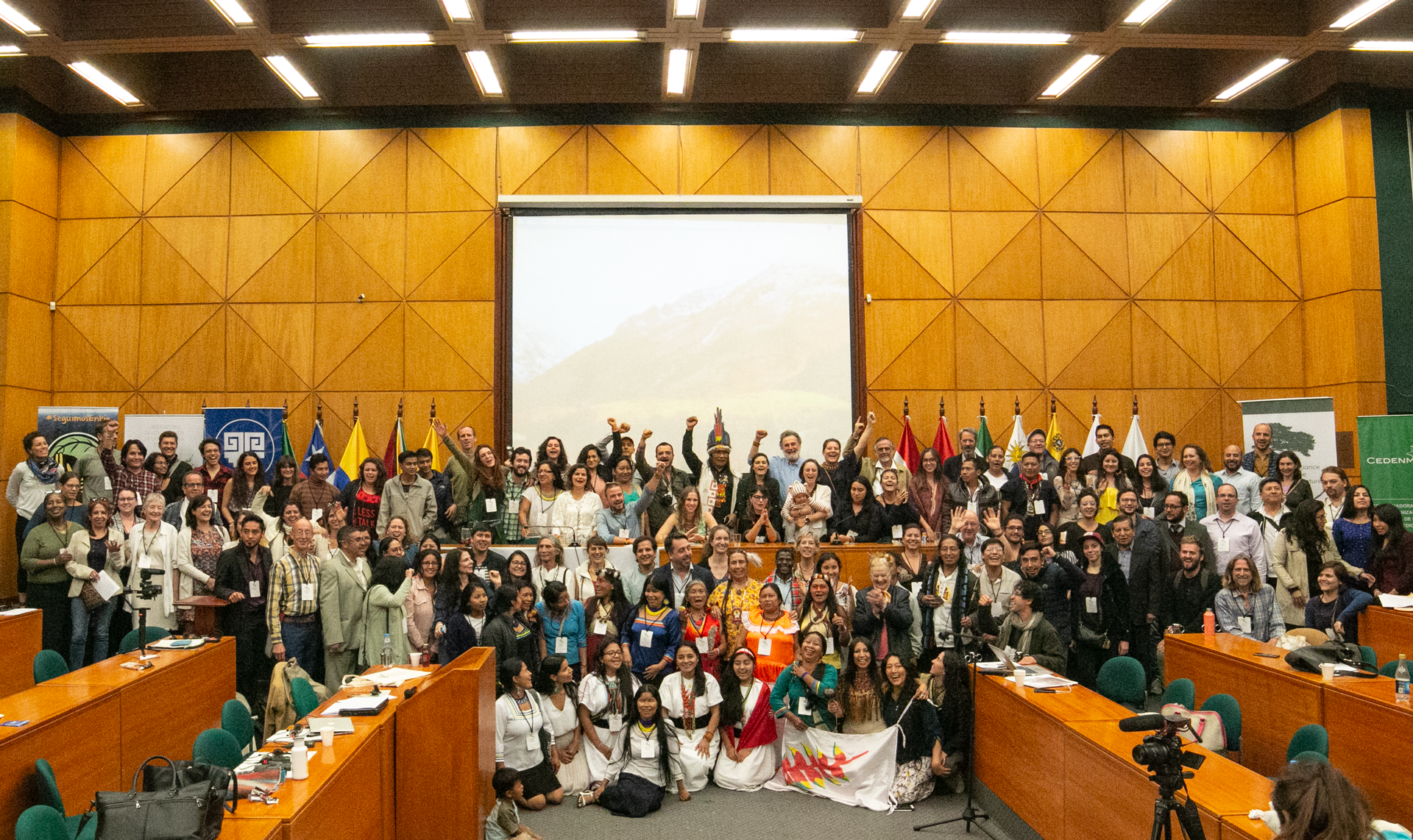What are the Rights of Nature?
Rights of Nature is the recognition and honoring that Nature has rights.
It is the recognition that our ecosystems – including trees, oceans, animals, mountains – have rights just as human beings have rights. Rights of Nature is about balancing what is good for human beings against what is good for other species, what is good for the planet as a world. It is the holistic recognition that all life, all ecosystems on our planet are deeply intertwined.
Rather than treating nature as property under the law, rights of nature acknowledges that nature in all its life forms has the right to exist, persist, maintain and regenerate its vital cycles.
And we – the people – have the legal authority and responsibility to enforce these rights on behalf of ecosystems. The ecosystem itself can be named as the injured party, with its own legal standing rights, in cases alleging rights violations.
For indigenous cultures around the world, recognizing rights of nature is consistent with their traditions of living in harmony with nature. All life, including human life, are deeply connected. Decisions and values are based on what is good for the whole.

Nonetheless, for millennia, legal systems around the world have treated land and nature as “property”. Laws and contracts are written to protect the property rights of individuals, corporations, and other legal entities. As such, environmental protection laws legalize environmental harm by regulating how much pollution or destruction of nature can occur within the law. Under such law, nature and all of its non-human elements have no standing.
By recognizing rights of nature in its constitution, Ecuador – and a growing number of communities in the United States – are basing their environmental protection systems on the premise that nature has inalienable rights, just as humans do. This premise is a radical but natural departure from the assumption that nature is property under the law.

― R. Buckminster Fuller (Beyond Civilization: Humanity’s Next Great Adventure (1999), by Daniel Quinn, p. 137)
